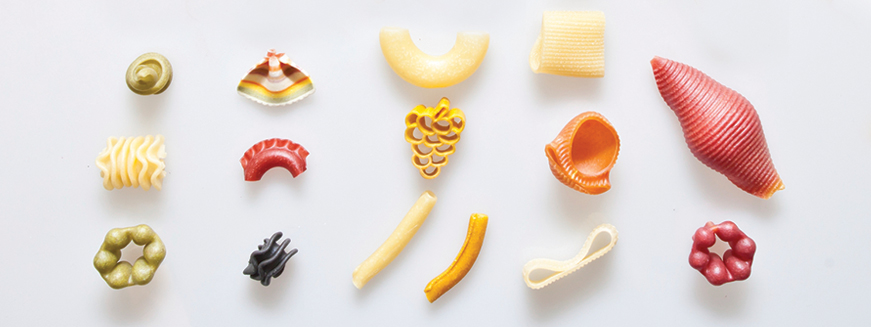The Fresh Blog
Lifestyle, Health, Nutrition & Inspiration from Luvo
Is Gluten-Free Healthier?
Flip through any tabloid magazine (yes, I’m guilty!) and you’ll likely see a superstar with a slick body (Gwynnie! Miley!) declaring the virtues of a gluten-free menu. My bet is that you also have a neighbor, co-worker, or friend who has hopped on the gluten-free bandwagon and claims to have watched the pounds melt off and be feeling better than she has in ages. And then there was the Jimmy Kimmel segment, asking fit and fabulous LA gym-goers, who happen to be gluten shunners, just what is that substance they’re avoiding. Their sentiments boiled down to “It’s related to bread. Sort of.”
So what’s the real story and what exactly is gluten? Gluten is a protein found in wheat (such as whole wheat, spelt, and bulgur) as well as barley and rye. In people with celiac disease, eating even a speck of gluten can trigger a serious immune reaction that can cause symptoms that range from digestive problems to joint pain to skin disorders. For these people, avoiding even trace amounts of gluten—the amount you might get if you popped a gluten-free piece of toast in a toaster where wheat toast had been made—is the only way to reverse the damage and offset further complications. If there is a remote chance you have celiac disease, see a doctor before attempting a gluten-free diet so you can get a proper diagnosis and receive appropriate long-term care.
As many as 18 million people, however, suffer from another disorder–gluten sensitivity, which causes them to feel really crummy. Fatigue, brain fog, and bloating are just a few of the symptoms that these people describe. To date, there are no medical tests to diagnose gluten sensitivity so the diagnosis may come down to ruling out other disorders that cause similar symptoms.
And then there’s a third set of people—those who, like your neighbor or friend, replace the junk in their diet (think white bread, muffins, pretzels, and sugary cereals) with more wholesome gluten-free foods, like brown rice, quinoa, and oats. They might feel better, and may even lose weight, because these are the foods (along with gluten-containing whole grains) that help control blood sugar and keep your appetite in check. These perks have nothing to do with gluten—they have to do with making improvements in your overall diet, which should include adding more fruits and veggies, healthy fats, and lean sources of protein to your menu.
Of course, if these same people were to give up their wheat-based junk food in favor of gluten-free varieties—donuts, cookies, toaster pastries, chips, bagels, and the like—they might wind up gaining weight and feeling worse than when they started. That’s because these foods tend to be loaded with refined grains—fast-acting carbs and sugar that lead to insulin spikes and ultimately, fat storage. I’ve also seen versions of gluten free products, including sandwich bread, that have more calories, sodium, and carbs than the conventional counterpart. Talk about a pack-on-the-pounds equation!!
If you’re feeling awful and think gluten might be the culprit, check with your doctor to see if celiac testing is in order. If not and you want to see if a gluten-free diet helps, give it a try. But don’t ignore the quality of your overall diet. Fruits, veggies, beans, nuts, and lean proteins have always been gluten free, and are wonderful sources of nutrients. That goes for whole grains like quinoa, brown rice, amaranth, and buckwheat. gluten-free muffins, cookies, cakes, brownies, pretzels, bagels, and other treats are still just that—goodies that are best eaten in small portions or reserved for special occasions.


